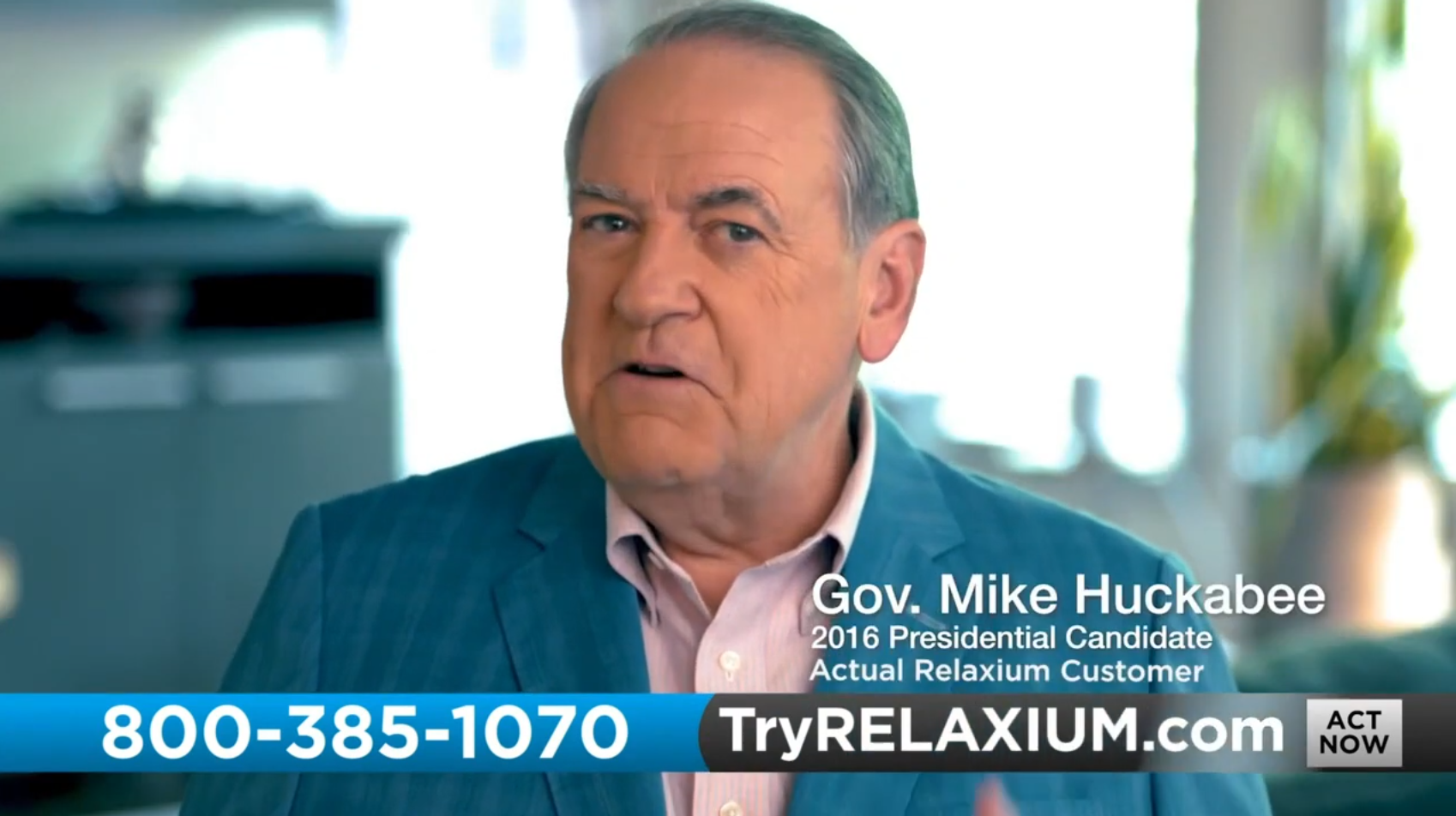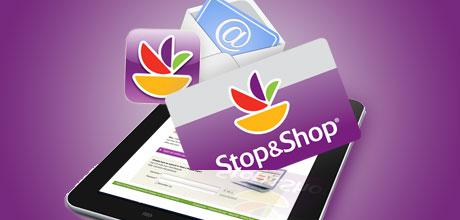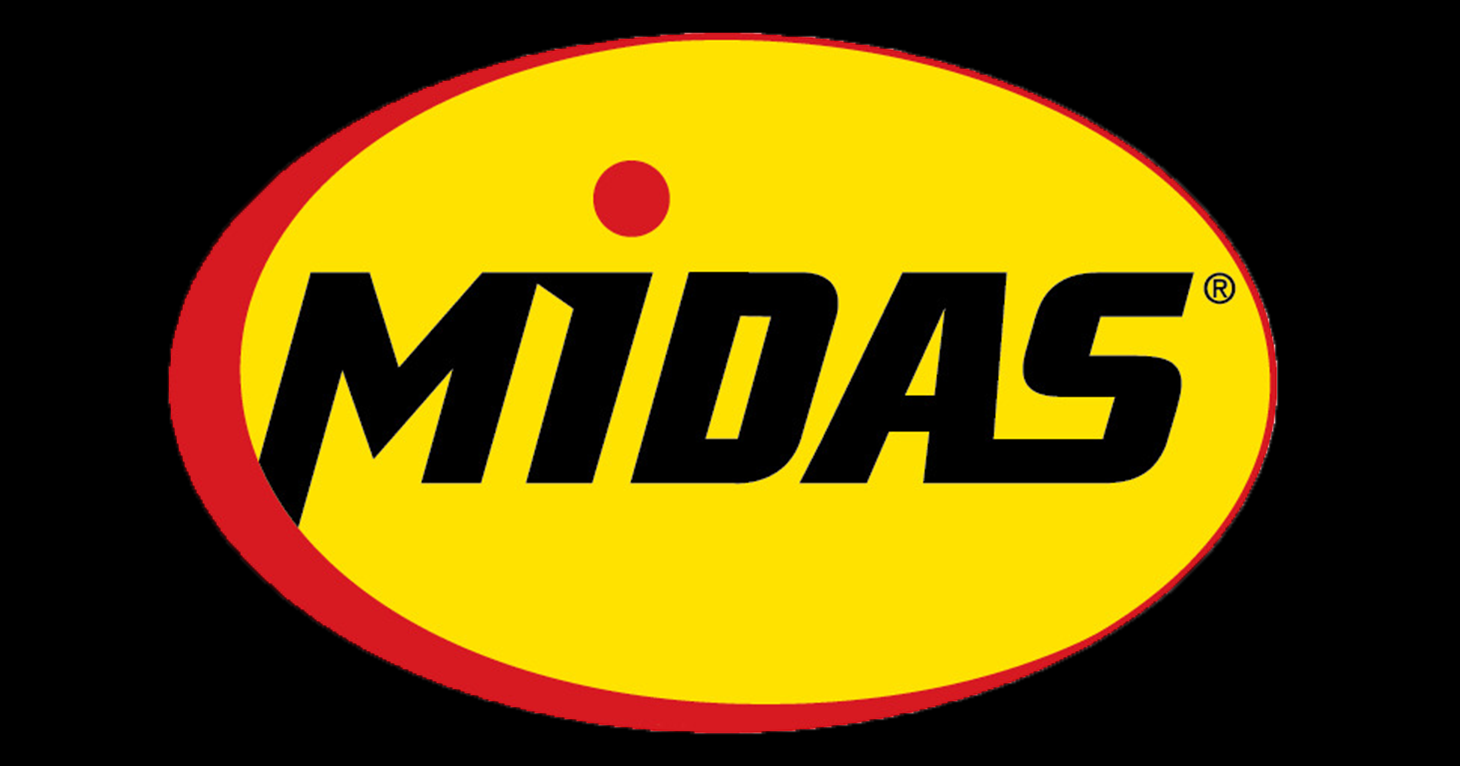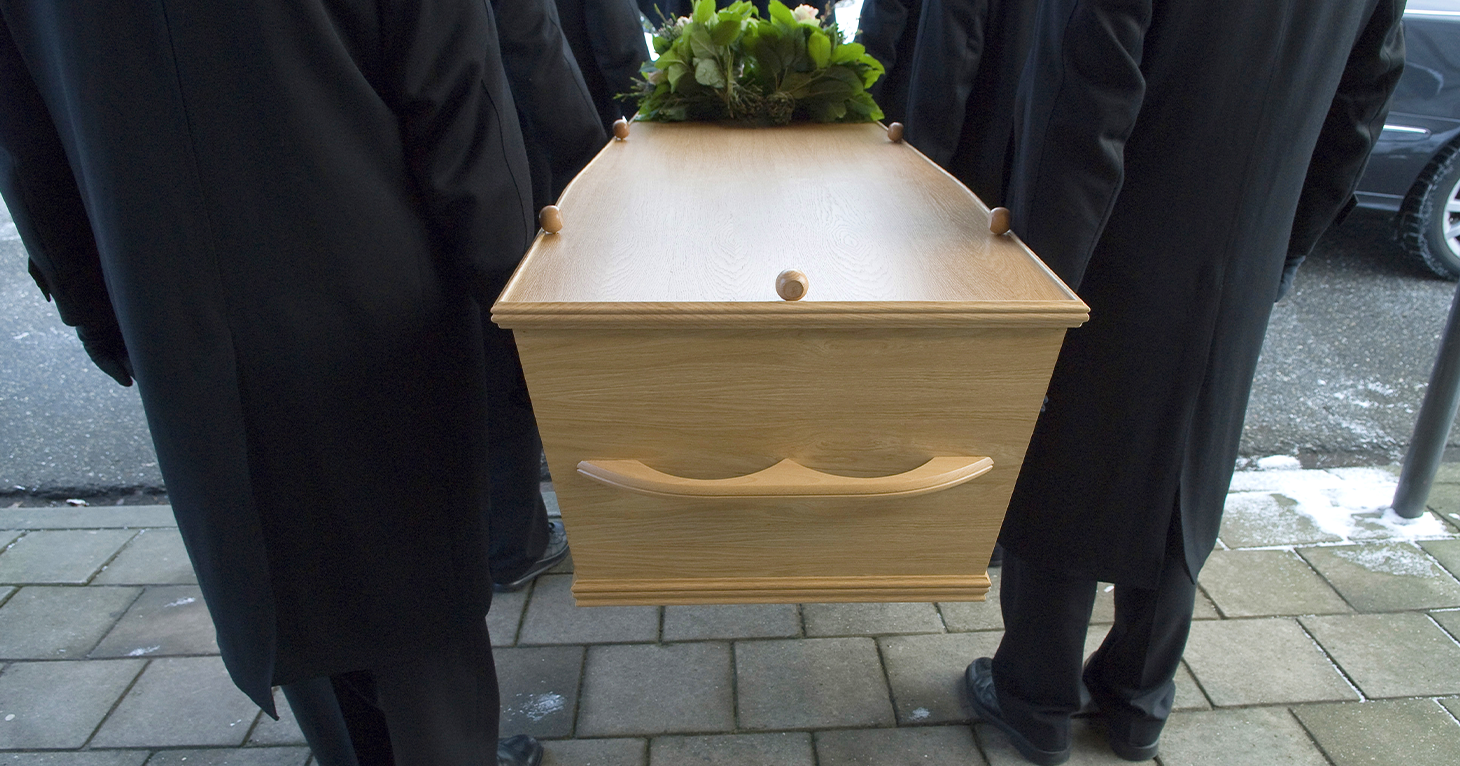
A Lullaby of Deception
For Mike Huckabee’s next trick, a supplement that is ‘clinically proven’ to help users fall asleep, stay asleep and wake up refreshed.
Advertising a rewards program builds all kinds of goodwill for a brand. But consumers: Don’t set it and forget it.
I was initially inspired to write this piece because of some frustration I’ve had with my Stop & Shop card, specifically the gas points. I will describe that in a bit because it’s instructive. But before I do, I want to make clear that this is not just about Stop & Shop and it’s not just about gas points. The more I’ve thought about it, the more I’ve realized that there is a much broader issue regarding loyalty programs of all shapes and sizes and promoted by all sorts of companies.
But yes, let’s talk gas points for a moment. Here are the basics of Stop & Shop’s gas points rewards program. For every dollar you spend at Stop & Shop, you earn a point. Buy $137 of groceries, for example, and you’ve earned 137 points. Those points can then be redeemed at the gas pump. For every 100 points you’ve accumulated the price per gallon is reduced by ten cents. Let’s say then, that the cost of fuel to the ordinary customer is $3.87 per gallon. Since you, savvy shopper, bought your dog food, yogurt, and paper towels at Stop & Shop, you can cash in 100 of your 137 points and pay only $3.77 per gallon. You fill up your tank with 15 gallons, thereby saving $1.50. Yippee! And you keep the remaining 37 points for next time.
You’re feeling pretty good about yourself, walking down the snack aisle with a swagger. After a few weeks of this you’ve racked up 458 points. Awesome! You can save $0.40 per gallon! At that rate, next time you fill up you’ll save $6.00 at the pump. Woot!
But wait, there’s more! You notice that if you buy at least seven things in a certain category, like Klondike bars and capers, you can earn 400 bonus points! “Whoa, this can’t be legal,” you think to yourself as you load up the cart. It’s like gas points on steroids!
Before you know it, you’re a gas point addict with a keenly developed sixth sense for those little red display cards that only the truly intelligent shoppers like you can forage out of the jungle. That’s right. Give yourself a nice pat on the back. Buying groceries for your family AND saving money on gas at the same time. You really can multitask. You’re amazing!
Okay. I don’t want to be Debbie Downer here. The truth is that loyalty programs like this one CAN actually be great. They CAN save you money. Let me just offer the following tips. Don’t fall asleep at the wheel!
Like I said, this post about loyalty programs is not just about groceries and gas points.
My CVS card is fantastic. I scan it right at the cash register to get credit for all the stuff I’m purchasing. But wait. What form do the rewards take? They are emailed to me. Unless I print out those rewards and physically take them in, poof, they’re gone.
How about airline miles? Every company has different terms, of course. My US Airways miles? You got it. Poof, they’re gone. I didn’t do business with them frequently enough, so they zeroed my balance. (By the way, they do a nice job reminding me how many of my hard-earned points they vaporized on the monthly emails I get from them.)
Return your ink cartridges to Staples for credit? Sorry, you can’t redeem those credits at check out. They come in the form of Staples Rewards, which, again are emailed to you and must be redeemed within a certain period of time or … poof, they’re gone.
Companies aren’t dumb. They know that only a fraction of the promised rewards will be redeemed. That’s a part of their strategy. The harder it is for rewards to be redeemed, the less the rewards program costs the company. As long as customers are basking in that warm and fuzzy feeling they get when they rack up the points, the loyalty program is working wonders for the company.
There’s another very important benefit to the company besides unleashing their customers’ endorphins. Data! Through these loyalty programs companies collect all sorts of Data that can be used to identify you, like your name, address, birth date, or Social Security number about you and your shopping habits. You may be cool with that. You may not. No matter what, don’t forget it.
And that really is the point here. Ask the right question. Ask not what you’re doing for your loyalty program, but what your loyalty program is doing for you.
For Mike Huckabee’s next trick, a supplement that is ‘clinically proven’ to help users fall asleep, stay asleep and wake up refreshed.
A coupon only a mechanic can love.
Funeral homes must keep up with the times.


